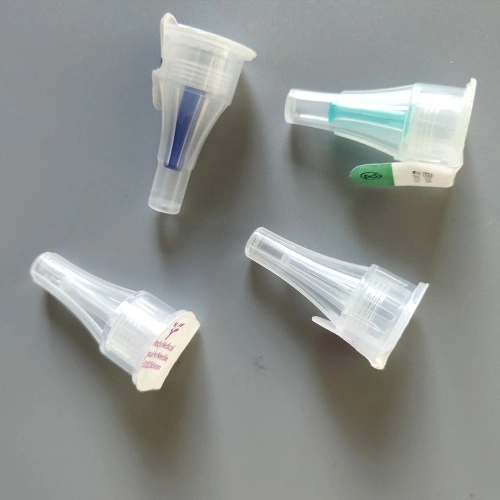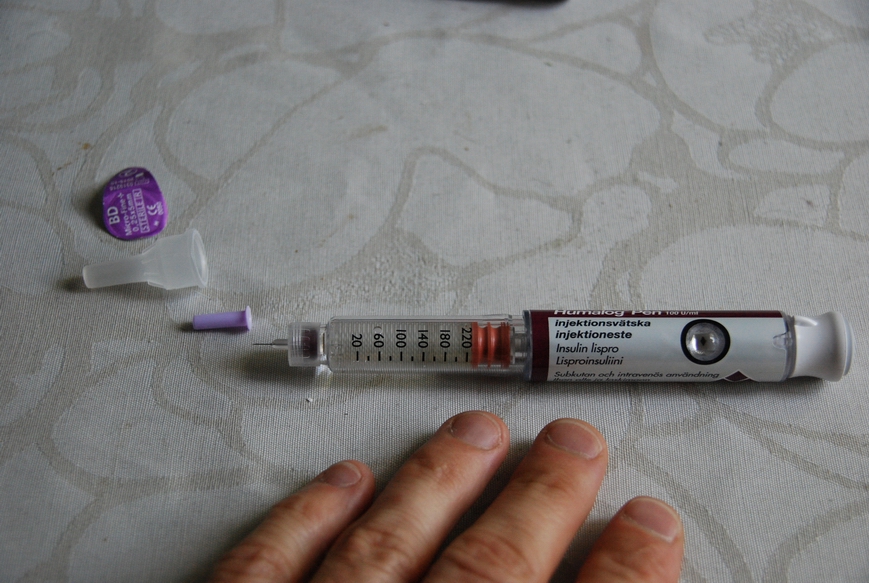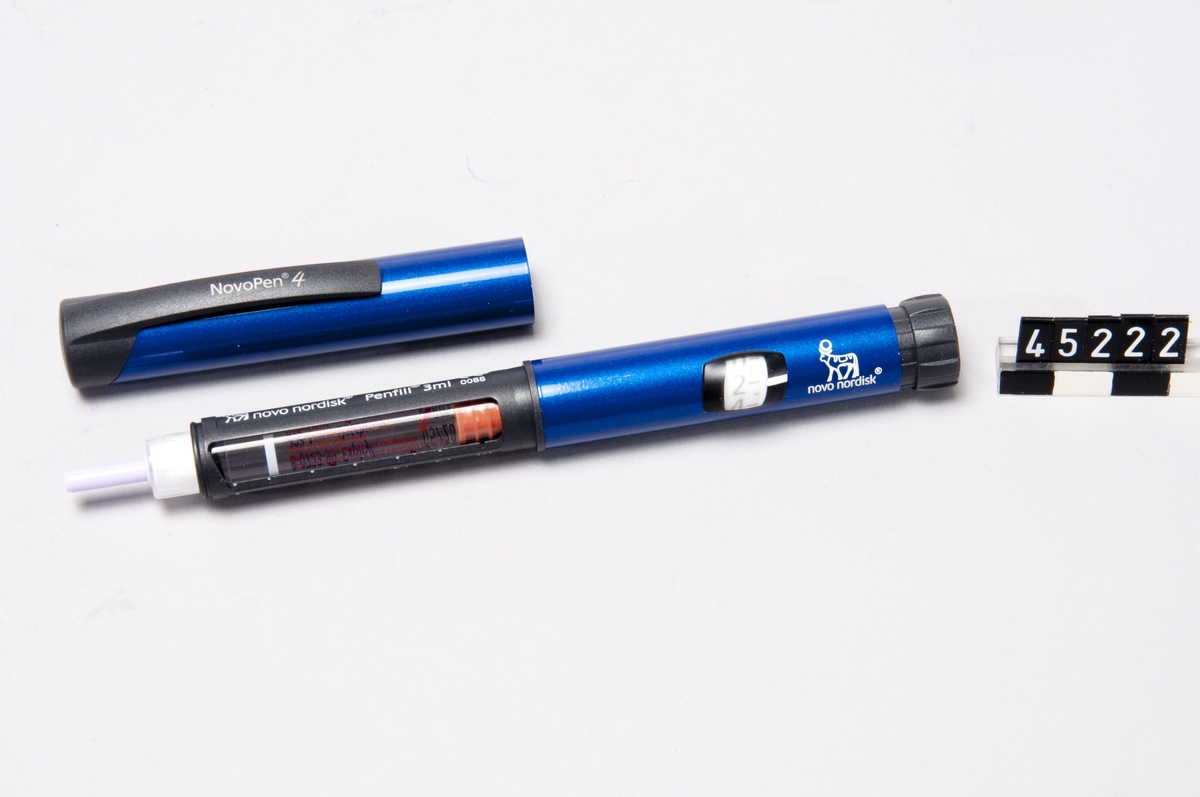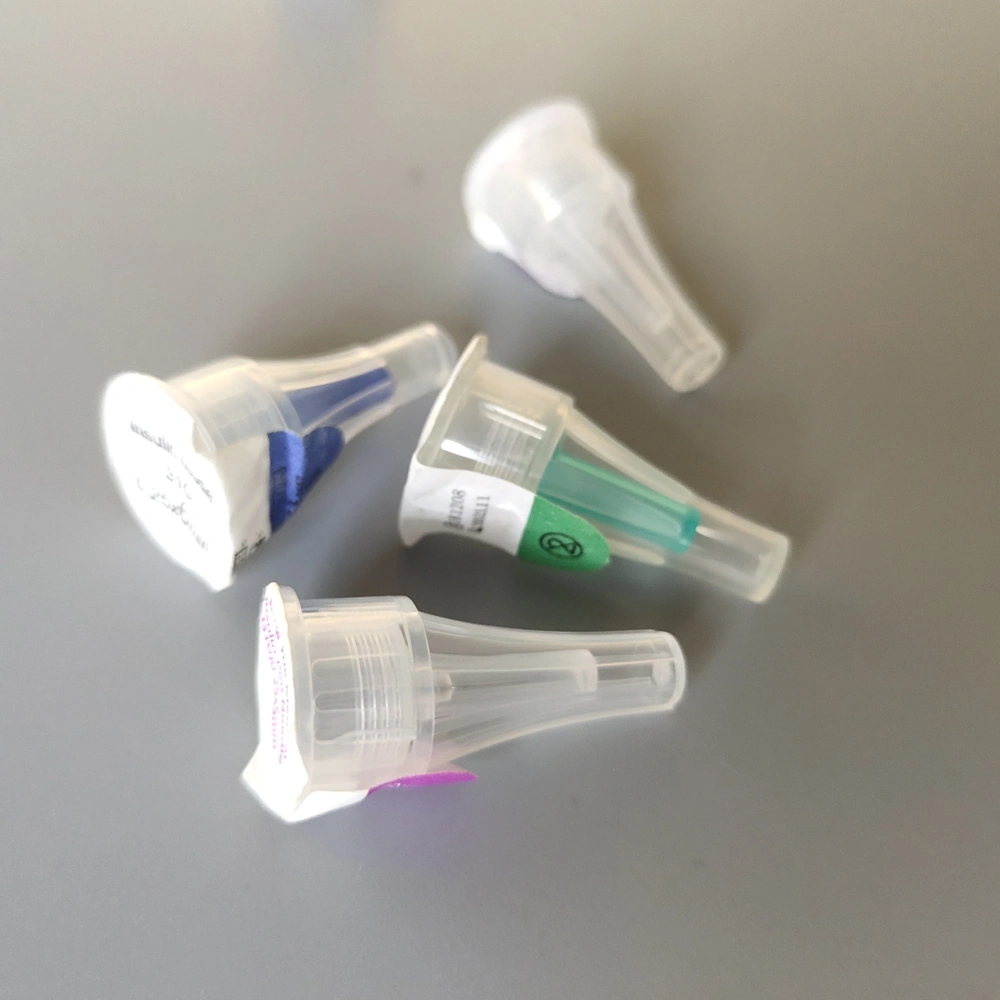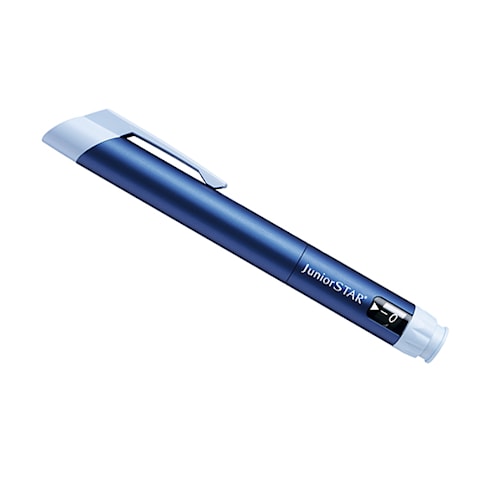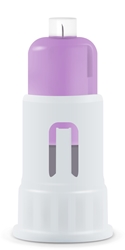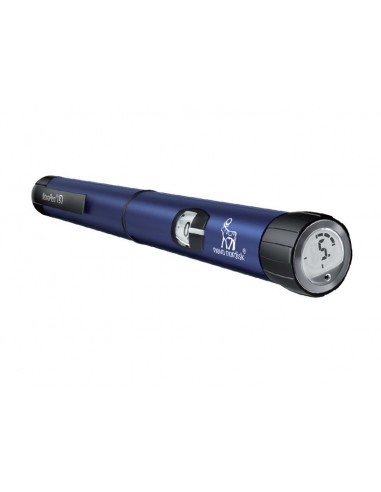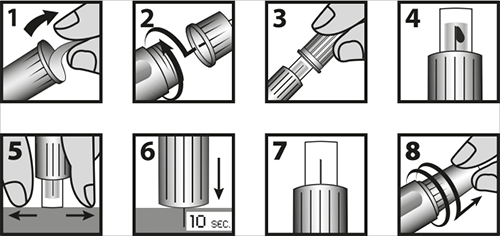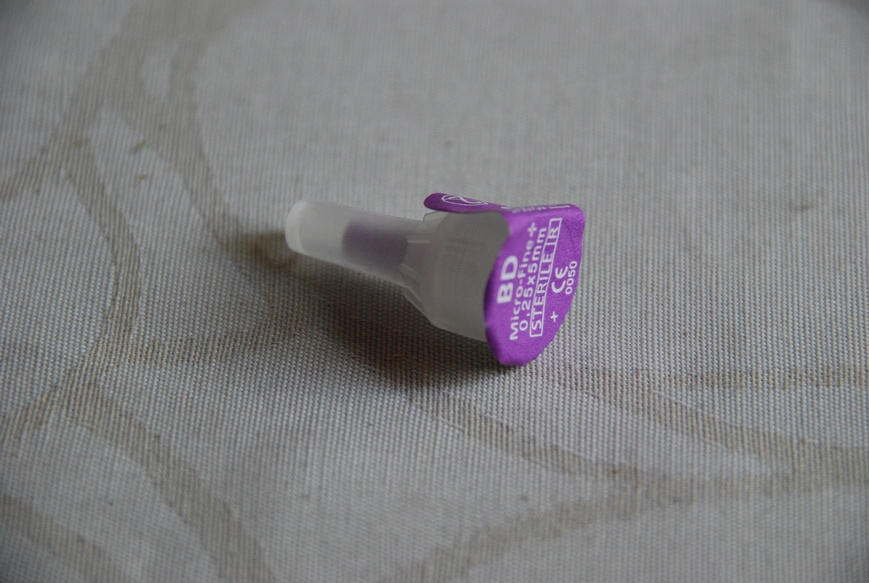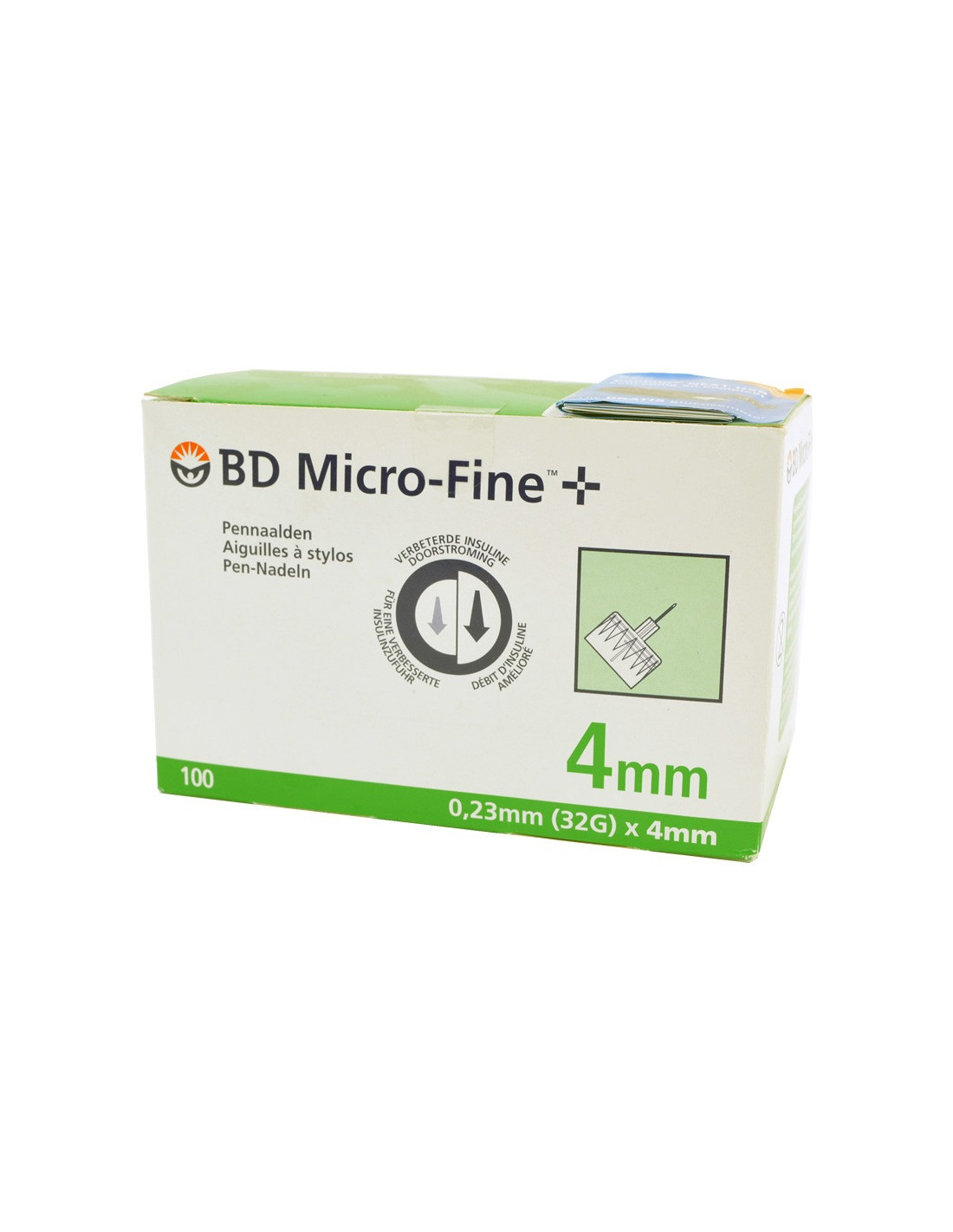
BD Microfine+ 4 mm tunnväggiga pennnålar 100 st, Beställ snabbt och billigt på Multicare-Centrum.nl, ✓ Snabb leverans ✓ 14 dagars ångerfrist

Set Lance Insulinnålar för insulinpenna 31 g x 6 mm (100 nålar i en låda) : Amazon.se: Hälsa, vård & hushåll

Novofine 8 mm x 0,30 mm 30G 100 penna nålar, Beställ snabbt och billigt på Multicare-Centrum.nl, ✓ Snabb leverans ✓ 14 dagars ångerfrist

Glucology™ Resestorlek avfallsbehållare | Speciellt utformad för diabetiker nålar och testremsor | Kompakt avfallslåda för resor och daglig personlig användning | Bio-Hazard Lock | 3-pack : Amazon.se: Hälsa, vård & hushåll

Insulinpenna Ampull Med En Nål På En Pastellgrön Tapet Spruta-foton och fler bilder på Behållare för farligt avfall - iStock
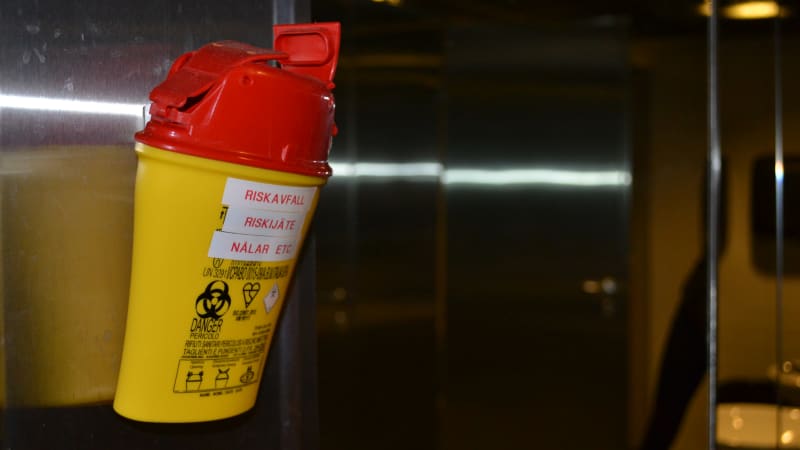
Diabetikers använda sprutor och nålar utgör en risk för städpersonal – studerande Alex Rautanen hoppas på fler insamlingspunkter – Österbotten – svenska.yle.fi


